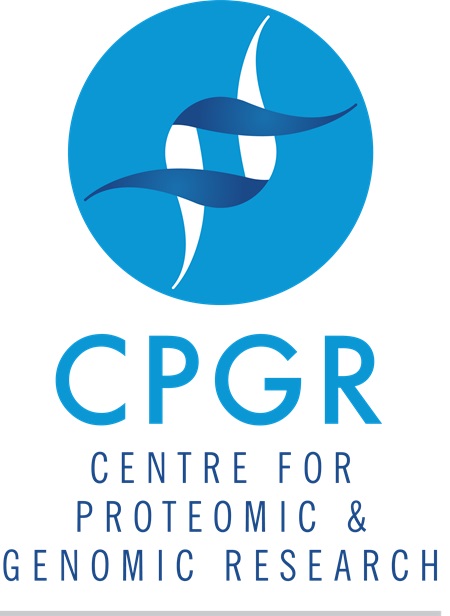Development of software tools for analysis and visualization of bacterial genome methylation patterns.
Lefebvre, C.*, Pierneef, R., Reva, O.
Department of Biochemistry, Genetics, Microbiology, Centre for Bioinformatics and Computational Biology, University of Pretoria, South Africa.
DNA methylation is one of the major epigenetic modifications utilised by bacteria. This mechanism is mediated by a diverse group of enzymes called methyltransferases that recognise specific DNA sequences. These enzymes are frequent components of restriction-modification systems in phage defence, while orphan methyltransferases lack these systems and are instead linked to other essential functions including gene regulation, DNA replication, and mismatch repair. Importantly, previous studies have linked methylation to factors such as antibiotic resistance, virulence, and plant health. Consequently, the role of methylation as an epigenetic signal could offer insights in the fields of infectious diseases, agriculture, and biotechnology. Traditionally, methylation has been studied using laboratory and sequencing-based methods such as restriction analysis and Single-molecule real-time sequencing, respectively. Recent software developments have also contributed to the wealth of available resources. These advancements allow researchers to tackle more complex methylation problems, such as mapping ‘canonically’ methylated sites versus non-conserved sites with alternative biological roles. However, determining the global methylation pattern of bacterial genomes remains challenging, given that methylation may depend on factors such as restriction-modification system involvement, specific biological functions, site specificity, competition with DNA binding proteins, the distribution of methylated sites within a genome, and the surrounding environment. Moreover, methylation patterns vary between genetically similar strains. To our knowledge, no centralised resource has been created to specifically identify genome-wide methylation and its association with gene expression in different bacteria. To address these shortcomings, this study aims to develop a software tool to analyse and visualise bacterial methylation patterns and their effect on gene expression. This software will be implemented as an easy-to-use web application and datasets from previous studies, including Bacillus DNA and RNA samples, will be used to validate its performance. Moreover, these results will elucidate the role of methylation in the Bacillus genus and will provide a useful platform for future research. Our web application, titled ‘BactEpiGenPro’, and information on its usage can be found at http://begp.bi.up.ac.za/.
Keywords: DNA methylation, bacteria, software, Bacillus, epigenetics, transcriptomics
